timwinters
Ejection Handle Pulled
In my best Eva Gabor voice...
"Well, dammit Oliver!"

"Well, dammit Oliver!"
While it is not legally required, good IA's compile an AD list at each annual, confirm compliance for each one. New ones and those requiring recurring compliance will be dealt with, and then the list is appended the list to the aircraft's maintenance records. That makes it a lot easier to confirm compliance with all applicable AD's next year. In any event, how can an IA performing an annual inspection confirm compliance with all applicable AD's without compiling an AD list?
And you're still not showing me anything in the AD which says it only applies to engines with Continental cylinders.
I love happy endings.....
In my best Eva Gabor voice...
"Well, dammit Oliver!"




IIRC Superior was first in the Aftermarket introducing this very cylinder set for the O-200/O-300 in I think 1994. Before that there were only 'factory cylinders'.
Great news - the Cessna Center compared the dates in the logbook with the AD.
It turned out, other than initially stated, that the cylinders which were repaired, had been removed before the AD was issued. After the release of the AD, two other cylinder were removed, both were however replaced with new parts.
This means, according to the Cessna Center and also by my understanding, that the plane is in full compliance with the AD!
We are already looking forward to picking her up.
Thank you very much again for all your repsonses and the very interesting discussion. I certainly learned a lot from it.
ADLOG is a wonderful tool to keep track of these things.
[...] AND remember who is the go to 0-300 guy?

Thank you very much again to you, Ron, Henning and everybody else who contributed to the discussion.
Now do we get pictures?
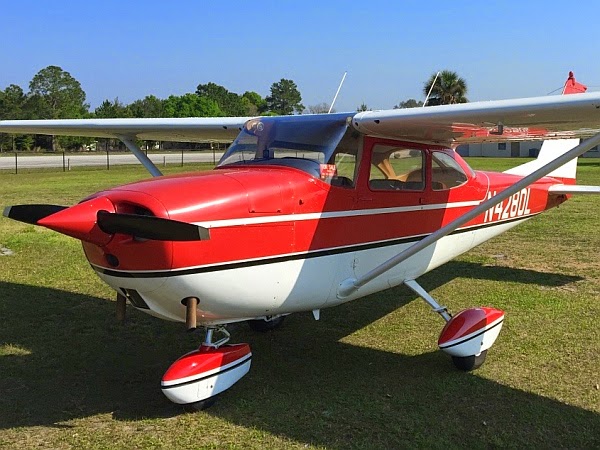
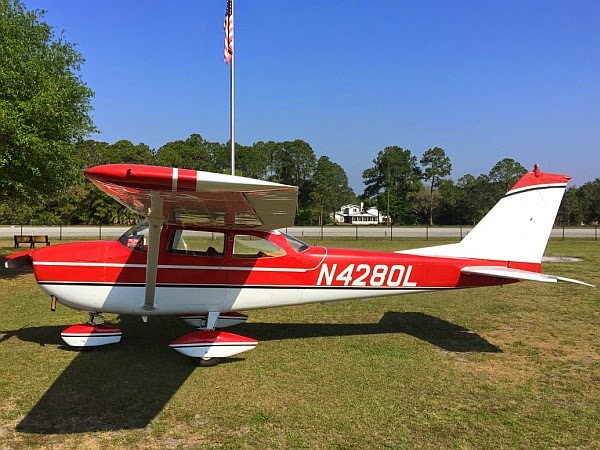
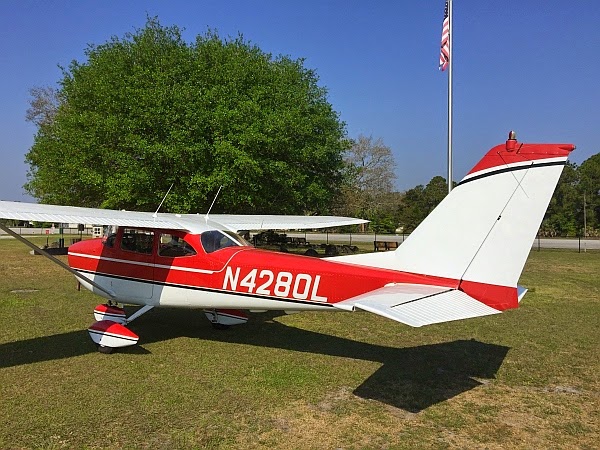
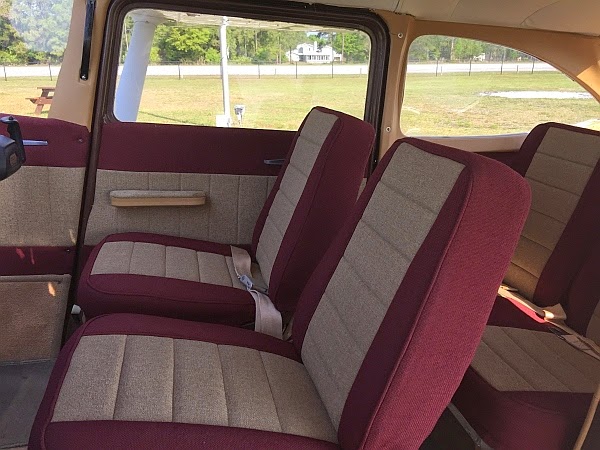
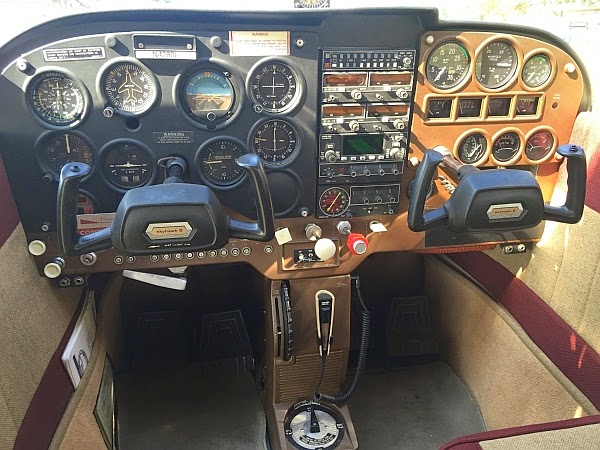
[...] No MMO. and a 3-to-2 fuel mix. [...]
What is MMO and what do you mean with the fuel mix? AVGAS / Mogas? I was actually already planning to do this.
Marvel Mystery Oil
3 parts auto UL. 2 parts 100LL. late this fall prior to the freeze up dose it with 1 12oz can of dry gas each tank. then all winter use a pure natural chamois in a funnel to fuel.
Thank you. Just looked up the advice with the natural chamois. Interesting.
Marvel Mystery Oil
3 parts auto UL. 2 parts 100LL. late this fall prior to the freeze up dose it with 1 12oz can of dry gas each tank. then all winter use a pure natural chamois in a funnel to fuel.
[...] I agree with Tom's recommendation to get an auto gas STC and run 66 to 75% mogas in your tanks. Your engine will love you for it and you have 0E available about 15 miles down the road from you.
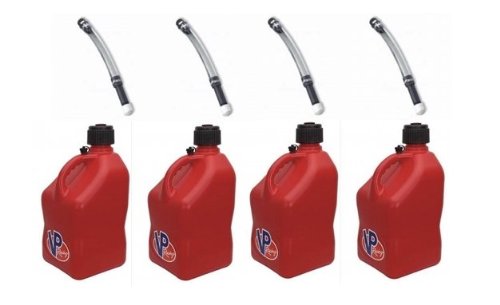
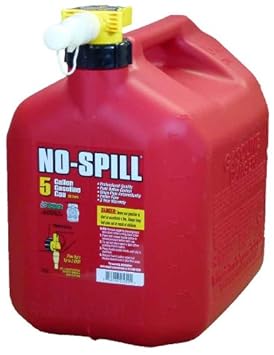
Yep, this is the plan.
I just need to decide which kind of gas can to get. Currently, we have two of these CARB compliant 5 gal. cans at home, which are a pain to use. I am aware that there are ways to modify them, since we will need new cans anyway, I however want to buy something better right away.
Currently, I am strongly leaning towards the VP Racing 5 gal. jugs:

They seem to be the option with the fastest flow, the design also looks quite straight forward. However, they don't have a flame arrestor.
The other design which has good reviews are the no-spill cans:

Still very fast and for my wife probably easier to handle, as she could lay the can can on the wing and would only have to keep the button pressed.
Of course, a few of each would also be an option.

Tom...you go along hitting all cylinders for a while and then...BAM...you throw a rod right through the side of the case.
Alcohol of any kind is prohibited in our fuel tanks and that's what dry gas is. And all it does is suspend the moisture, just like ethanol does, and then you run it through the engine. You're better just to sump IMO. Besides, I don't think MoGas is any more likely to contain water than 100 LL is.
Congrats on the plane!
I wouldn't bother with a small army of 5gal jugs, [...]

Thank you.
The problem is (at least here in Michigan) that the max. allowed size of a container in which gas may be transported is 8 gal.. Anything larger than that requires all kinds of documentation, marking and training of the driver.
Otherwise, I would have pursued my initial idea, to install 2x 50 gal. boat tanks on a small trailer, get an electric transfer pump and to use that as a mobile filling station.
The other thing is, that I don't want to get into trouble with the airport and assume that their will be some clause in the rental contract which prohibits the storage of fuel in the hangars. I would think that nobody cares about a few gas cans, a larger tank will however quite likely be a different story - especially if there is a fire and / or if something goes wrong with my brilliant setup...


Eh? If your plane doesn't have a Wood Electric breaker in it, the AD doesn't apply and you don't have to comply. It's no different than if the AD said it applied to Cessnas and you were flying a Piper.Now to really blow your top, I've seen a letter from an ACO saying that even brand new airplanes need to comply and document compliance with AD 70-22-04.
"Applies to all aircraft incorporating Wood electric Corp ... circuit breakers..." "...to detect jammed circuit breakers on all Wood electric models 105, 106, 107, 108..."
I'm not sure I've ever seen one in an airplane before
http://rgl.faa.gov/Regulatory_and_G...E0EB694F30CB003A86256E01005ACB4E?OpenDocument
Tom...you go along hitting all cylinders for a while and then...BAM...you throw a rod right through the side of the case.
Alcohol of any kind is prohibited in our fuel tanks and that's what dry gas is. And all it does is suspend the moisture, just like ethanol does, and then you run it through the engine. You're better just to sump IMO. Besides, I don't think MoGas is any more likely to contain water than 100 LL is.
Oliver,
I agree with Tom's recommendation to get an auto gas STC and run 66 to 75% mogas in your tanks. Your engine will love you for it and you have 0E available about 15 miles down the road from you.
Oh Bull scat. If that happens it will not because of alcohol. Alcohol does not have the BTUs per pound to do that. dosing with dry gas is a common practice in Ak. prior to winter each year.
Yes it will mix the water if there is any, into the fuel and burn it leaving the tank clean.
Things continue to get better.
I just learned that she also passed the IFR check, which I believe includes a test of the pitot / static systems and the transponder. This means, that my wife can exercise her newly earned IFR privileges right away.
The GPS is an older King model, which is however IFR capable, properly installed and updates also seem to be still available. We will use this setup for the summer, gain some experience with the plane and develop a better understanding of which upgrades we actually want. A Garmin 650, ADS-B in / out and an engine monitor are currently on top of the wish list…

[...] DOT regs don't apply unless you exceed 119 gallons so my 100 gallon tank has never caused me any grief. [...]
Well, I guess that Michigan has its own ruling:
In any container exceeding 8-gallons capacity, gasoline must be transported in compliance with the regulations. Any container of gasoline over 8-gallon capacity must be a USDOT specification package. The use of dispensing tanks, while commonly seen in construction and agricultural use are prohibited for gasoline. In addition, for containers over the 8-gallon limit, shipping papers, package markings and package labels are required (Sections 172.200, 172.300, and 172.400, respectively). The training requirements must also be complied with (Section 172.700). If the capacity of package exceeds 119 gallons, or the total gross weight of all the gasoline packages exceed 1000 lbs., placards are required (Section 172.500).
http://www.michigan.gov/documents/V02N01_97421_7.pdf
As long as nothing happens, it is indeed unlikely that anybody cares. Things will however rapidly go sideways if the news-chopper is circling over the Subaru Forester, with the attached trailer, which caused a blazing inferno on I-96 and which lit up five other cars. Now, how could that have happened, just because he was rear ended by some kid who paid more attention to texting than to driving?
Nice.... That is an 0-300-D, it has a friction clutch starter adaptor.
Study up on them. they are expensive to replace/rebuild.
Still very fast and for my wife probably easier to handle, as she could lay the can can on the wing and would only have to keep the button pressed.
Of course, a few of each would also be an option.
You have no idea how much fun it is to lift 30# of fuel up onto the wing seven or eight times for a fillup. More better you go to somebody like Tractor Supply or Great Plains for a large mobile tank and Harbor Freight for one of their little trailers. Hand pump or electric off the trailer connector, your choice.
I believe federal law limits even private carriers to 55 gallons, so keep it below that level.
Jim
Those are Motor Carrier rules, they do not apply to private cartage..

If you are going to haul MoGas to a Cessna, you will end up with a tank and pump, I promise, may as well start there before you get hurt.
You got that right. Nearly as cost effective to go with a Skytec starter replacement.
Jim
Hmmm... It seems as whether you are right. The document is listed under the section 'Commercial vehicle enforcement', in the text they also only talk about 'Material Of Trade', which indeed does not seem to apply to the transport of fuel for personal use. Beside of this, they refer to the 'Federal Hazardous Materials Regulations', where I only found regulations which are applicable for the ' transportation of hazardous materials in commerce'.
Now, the question is which, if any, regulations apply to the personal transport of gasoline? Everything I found, seems to refer to the transport of hazardous material in combination with some form of business. What about the container, I put the fuel in?
A tank with a pump, permanently installed on a trailer, would actually be my preferred solution. Boat tanks might be an option or 2x 55 Gal. drums. When I searched around, a found a few discussions in other forums, in which the 119 gal. Stewartb mentioned, were discussed, however with no links to the actual regulation. I also specifically searched for regulations, which include this volume, but only came up with documents, which again only seem to apply to the business related transport of fuel.
I'll buy that. Just remember that if any of the cylinders have to be removed in the future, the AD-mandated inspection will have to be done and documented before they can be reinstalled.Great news - the Cessna Center compared the dates in the logbook with the AD.
It turned out, other than initially stated, that the cylinders which were repaired, had been removed before the AD was issued. After the release of the AD, two other cylinder were removed, both were however replaced with new parts.
This means, according to the Cessna Center and also by my understanding, that the plane is in full compliance with the AD!
Gute flieg'!We are already looking forward to picking her up.
If you're going to do your IR training, make sure you do it in this plane -- otherwise, your scan will be brutalized in the transition from a "standard-T" configuration to this "shotgun" configuration.
Unless she trained in an identical non-standard panel layout, she might want to get some practice under the hood in clear air with someone in the right seat before she launches into the goo. It takes a while to reorganize your scan from standard to non-standard.Things continue to get better.
I just learned that she also passed the IFR check, which I believe includes a test of the pitot / static systems and the transponder. This means, that my wife can exercise her newly earned IFR privileges right away.
Hmmm... It seems as whether you are right. The document is listed under the section 'Commercial vehicle enforcement', in the text they also only talk about 'Material Of Trade', which indeed does not seem to apply to the transport of fuel for personal use. Beside of this, they refer to the 'Federal Hazardous Materials Regulations', where I only found regulations which are applicable for the ' transportation of hazardous materials in commerce'.
Now, the question is which, if any, regulations apply to the personal transport of gasoline? Everything I found, seems to refer to the transport of hazardous material in combination with some form of business. What about the container, I put the fuel in?
A tank with a pump, permanently installed on a trailer, would actually be my preferred solution. Boat tanks might be an option or 2x 55 Gal. drums. When I searched around, I found a few discussions in other forums, in which the 119 gal. Stewartb mentioned, were discussed, however with no links to the actual regulation. I also specifically searched for regulations, which include this volume, but only came up with documents, which again only seem to apply to the business related transport of fuel.
Unless she trained in an identical non-standard panel layout, she might want to get some practice under the hood in clear air with someone in the right seat before she launches into the goo. It takes a while to reorganize your scan from standard to non-standard.
 Every other one I've ever seen with that panel vintage is a standard T.
Every other one I've ever seen with that panel vintage is a standard T.